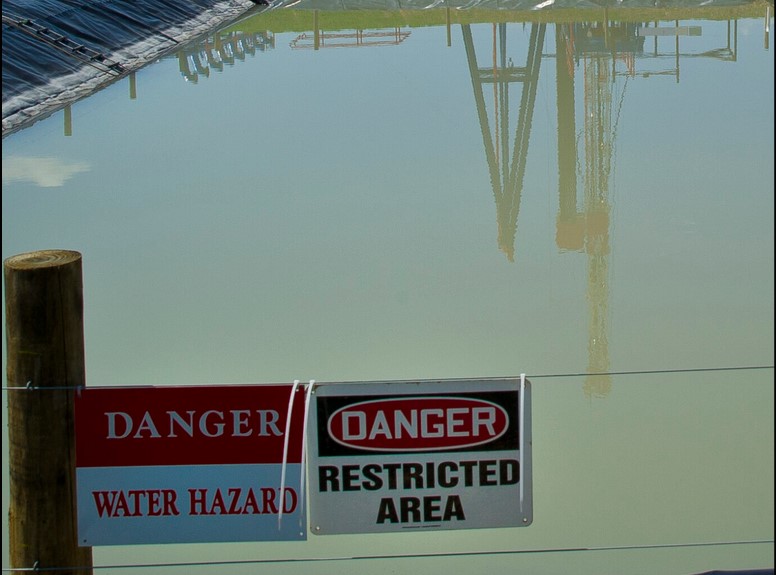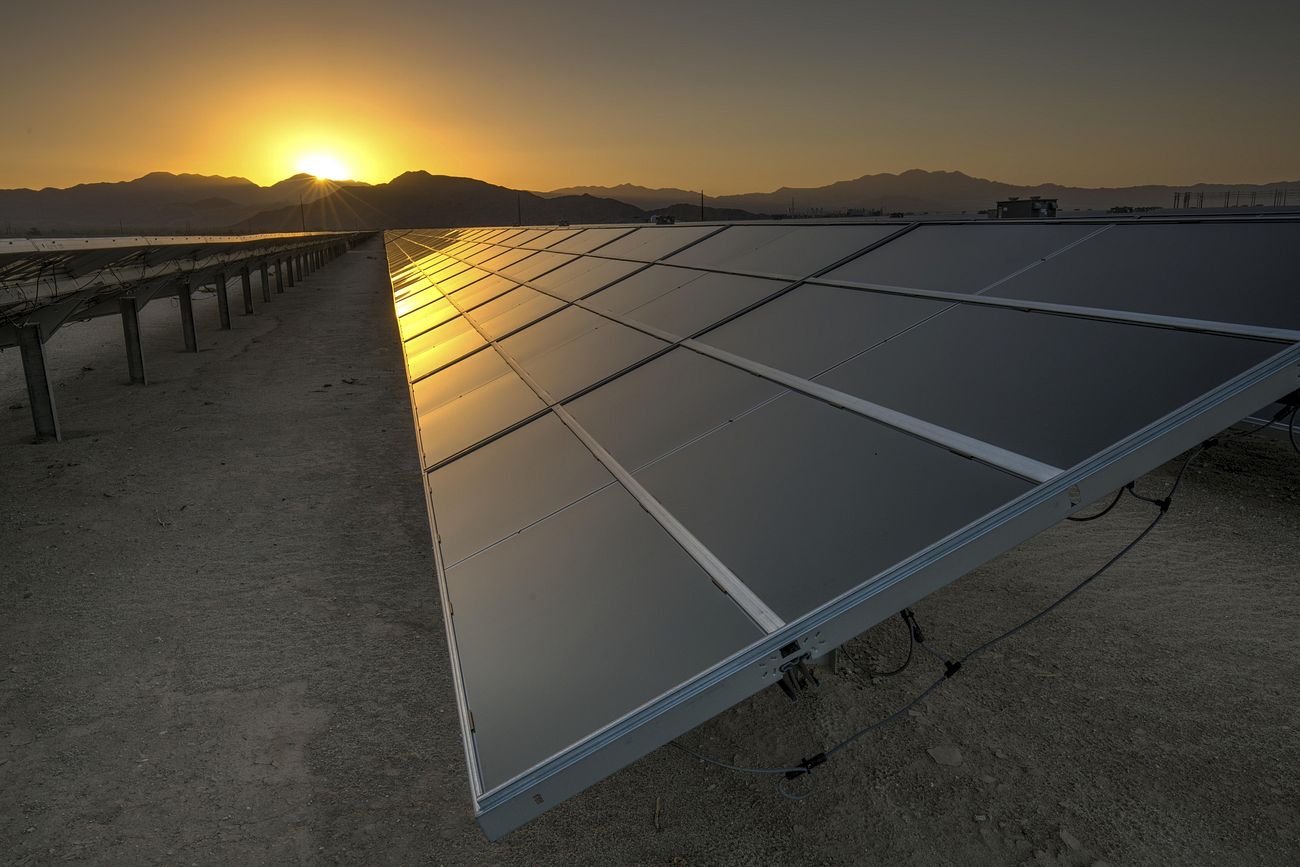A Republican-sponsored bill to establish a community solar program is advancing in the Ohio legislature with no opposition so far. If it passes, it could create up to 3,000 megawatts of new subscriber-backed solar projects.
by Kathiann M. Kowalski, Energy News Network February 9, 2022
An Ohio bill that would establish a community solar program in the state is advancing unopposed so far, with a third hearing scheduled for Wednesday.
House Bill 450 would let the Public Utilities Commission of Ohio approve up to 2,000 megawatts of community solar projects in the state, with an additional 1,000 megawatts permitted on brownfields or in economically distressed areas.
Either way, subscribers of community solar projects under the bill would be entitled to net metering benefits “on the same terms” as people or businesses with solar generation on their own property.
The bill “just allows for the solar array to be somewhere else and split between multiple individuals,” said Tristan Rader, Ohio program director for Solar United Neighbors.
Community solar projects provide an option for renters and others who lack the rooftop space, sun exposure, or financial means to install solar panels on their own homes. Subscribers sign up to buy a share of generation from a project, typically at a lower rate than what they pay for grid power. The power flows onto the local electric grid and is credited to subscribers’ utility bills as if it were generated on-site.
It’s an arrangement not yet allowed under Ohio law, which also currently provides for net metering only where generation is located at a ratepayer’s property. (One exception is for rural cooperative utilities, which have some limited projects totaling about 1.3 MW, although the state’s net metering law does not apply for those projects.)
In contrast, Minnesota had 789 MW of community solar installed as of last September. And on Feb. 8, Wood Mackenzie and the Coalition for Community Solar Access projected that the United States will add 4.5 gigawatts of community solar capacity over the next five years. The projection is 9% higher than its previous estimates.
Differences among states’ community solar capacity depend largely on whether they have policies that support community solar, according to a July 2021 report released by the National Renewable Energy Laboratory. According to that report, 21 states plus Washington, D.C., had some legislation to enable community solar.
Ohio is not among those states — at least not yet. A combination of utility lobbying and inattention by lawmakers was largely to blame, said policy analyst Gilbert Michaud, now at Loyola University Chicago, in a June 2020 analysis. At about the same time, House Majority Leader Bill Seitz, R-Cincinnati, had circulated a bill that might have allowed community solar projects. However, the bill was not introduced after the HB 6 scandal took center stage in Ohio’s General Assembly.
Republican Reps. Laura Lanese of Grove City and Brian Baldridge of Winchester introduced HB 450 in late October, and additional co-sponsors include both Republicans and Democrats. In her sponsor testimony, Lanese said the bill is a response to calls from constituents and businesses for access to renewable energy.
Regulated utilities would not be able to own community solar projects, although the bill would allow their affiliates to do so. The distinction means that capital costs for projects should be excluded from utilities’ rate base.
Under the bill, individual projects within the 2,000-megawatt limit could not exceed 10 MW in nameplate capacity. Each project would need at least three subscribers, and at least six-tenths of its subscriptions would have to be for 40 kilowatts or less. One megawatt of solar energy can power about 190 average U.S. homes, according to the Solar Energy Industries Association.
The additional 1,000 MW of community solar allowed on “distressed” sites would include projects built mostly on brownfields, closed solid waste facilities, or in areas eligible for federal low-income community development tax credits. Those projects could have a nameplate capacity of up to 45 MW. A majority of those distressed site projects would need to be in Ohio’s Appalachian region.
The additional carve-out for distressed sites “gives us the opportunity to turn lemons into lemonade,” Lanese said. “Many of us have distressed sites in our districts, be they coal ash ponds or discarded landfills sitting empty, void of economic use, and often-unsightly barriers to development.”
When two coal-fired power plants closed in Adams County, where Baldridge hails from, “most of my community’s jobs and tax revenues went with them,” he said in his sponsor testimony. “Not only did these closures have a devastating impact economically, but Adams County is now left with hundreds of acres of brownfields.” Passage of the bill also would let developers use some of the $500 million in remediation funds passed as part of the current budget bill, he added.
Organizations that have provided testimony in support include Solar United Neighbors, the Citizens Utility Board of Ohio, the Ohio Environmental Council Action Fund, the Ohio Conservative Energy Forum, the Ohio Sustainable Business Council and more. GEM Energy, part of the Rudolph Libbe Group, has come out in favor of the bill as well.
“I’m concerned about social justice and rehabilitating Appalachia and making solar accessible and affordable,” said Ariel Miller, a former executive director for the Episcopal Community Services Foundation for the Diocese of Southern Ohio, who testified in support of the bill in November.
For people who struggle with electric bills, solar energy would be cheaper than the two 1950s-era coal plants subsidized by HB 6, Miller said. Pollution from coal plants also “disproportionately hurt[s] the lungs of people who live downwind. And, of course, climate change is going to disproportionately affect our people of color in the United States.”
Miller added that it would be good if HB 450 gave similar priority to distressed projects in urban areas, such as Cincinnati’s Mill Creek Valley area. Overall, though, she strongly supports the bill as a “responsible climate policy” that also promotes economic development.
Small businesses and nonprofits could benefit as well, said Mayda Sanchez Shingler, executive director for the Ohio Sustainable Business Council. And farms that might host a community solar project could get added income. All in all, “there’s really no downside to this legislation,” she said.
If passed, HB 450 projects could add up to a significant boost in Ohio’s total solar energy capacity. As of January 2021, roughly 8,000 MW of solar generation projects were approved or in the regulatory pipeline at the Ohio Power Siting Board.
So far, no groups have testified against HB 450.
This article first appeared on Energy News Network and is republished here under a Creative Commons license.
![]()



